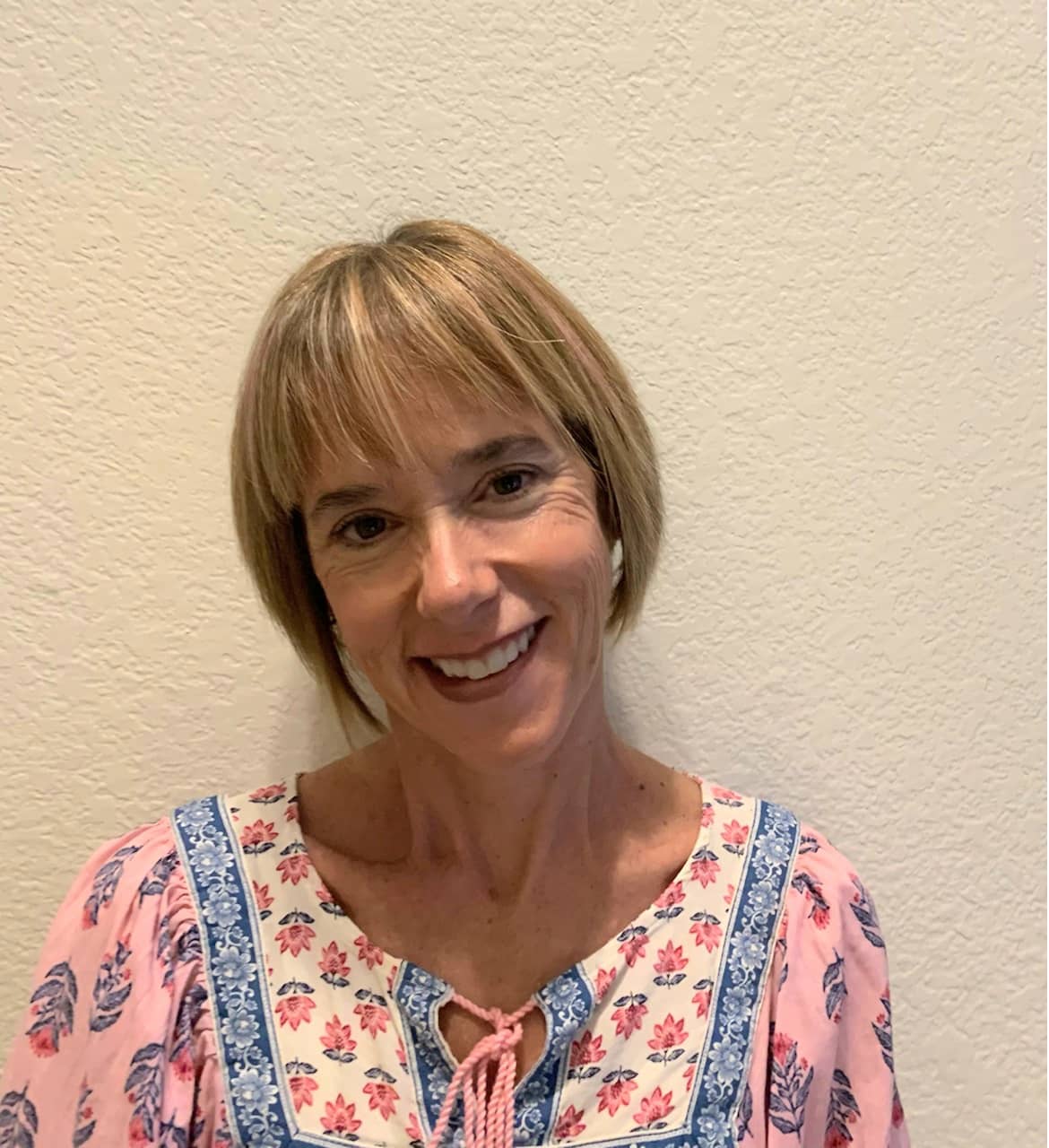November once signaled the end of harvest season, and the traffic and buzz about town that goes with it.
But the lull that once marked the month barely exists any longer, in part due to the Napa Valley Film Festival (NVFF), which keeps energy reeling after the last grapes have been picked. The festival, which runs this year from Nov. 13 to 17, attracts people not only from the Bay Area, but around the globe, as attendees truck up and down Highway 29 with wine, food and film on the mind. This year marks a leadership shift as festival operations transition away from founders Marc and Brenda Lhormer, to a new operational team, helmed by Tom Tardio, who spent 28 years as chief executive officer at Rogers & Cowan, an entertainment, technology and consumer communications firm.
“There will be more focus on print, online, and data analysis of demographics, to better understand and market to a variety of people, as we try to build awareness and target everyone from millennials to mature,” says Tardio. In line with Tardio’s vision, this year’s fest will feature a live portrait and podcast studio at Jam Cellars in downtown Napa. “We want to create a more spontaneous experience and interactions that play off the films.” One such thematic “play” will unfold on screen with the documentary: I Want My MTV, and extend to the ’80s-music-video-themed Gala on Saturday night. Also new this year, there will be a blending lab that according to Tardio is a salute to the collision between the wine and culinary worlds. “This is one example of the festival reacting to massive changes in consumer activities.”
The fest continues to have a significant economic impact during a time that was once viewed as the “off” season.
Demands for change
Amid all the revelry and scintillating screen talk set to unfurl at the NVFF, “movements” of a different varietal have erupted as citizens took a stand and demanded change in the community, and around the world. Napa youths responded to global issues around climate change using tools of the times, when a video was created and distributed on YouTube to promote the local youth climate strike on Sept. 20. The event preceded the worldwide youth strike on Sept. 21, which drew 4 million across the globe. The strikes were aimed at climate justice for all and an end to the age of fossil fuels, and served as a lead in to the United Nation’s Secretary-General’s Climate Action Summit that occurred on Sept. 23.
Emergency warnings
While Napa youths fought for global climate change, Calistogans demanded change amid conflicting viewpoints over emergency warning systems, cell towers and public safety.
The core of the debate sparked in April 2018 when a German-based company, Illumination Technologies (IT), approached the city with a proposal to outfit the town with a flashy emergency warning solution and siren towers to better alert the community in the event of an emergency. The proposal sounded innocuous enough, if it weren’t for the fact that Calistoga mayor, Chris Canning, does double duty as IT’s CEO. In the original deal, IT would offer the city towers, outfit them with sirens, and install them—all for free. In return for IT’s generosity, the company would recoup hardware and installation costs by bundling cell phone service equipment to the emergency warning towers. Red flags reeled over the proximity of the cell towers to resident homes and Canning’s conflict of interest. Some questioned the efficiency of the proposed solution given IT’s command post is located in Germany, which could translate to an 11-minute notification lag to Calistoga. If we’ve learned anything from the wildfires of the past, a lot can happen in 11 minutes.
Opposers fought to dethrone the IT deal and questioned the need to couple emergency warning sirens and cell towers. After months of public debate, the deal has been withdrawn and during the September city council meeting, the city voted to purchase three new 40-foot poles for standalone warning sirens, and to resurrect an old siren that had been in storage.
While the decision landed well with some in the community, others felt those measures alone weren’t enough, and lobbied to enact an ordinance to protect public right of ways and residential neighborhoods from cellular infrastructure. It’s an ordinance that, at press time, was still under evaluation. Also, in September, a group of concerned citizens launched a forum, Public Safety for Calistoga (CalistogaPublicSafety.com), to keep the community informed by posting information, meeting announcements, links and resources, on issues related to public safety.
Amid all the debates, one point most can agree upon is the need for increased wildfire preparedness and safety, in all its infinite forms.





